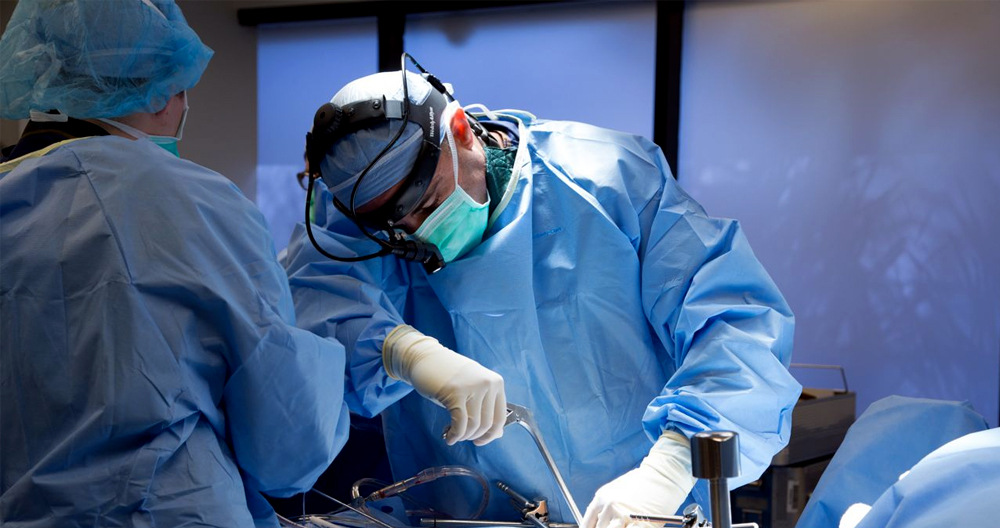
Some back surgeries can be helpful, but they are rarely required. Most back pain resolves on its own after three months. Low back pain is the number one reason people seek out a medical professional. Some common treatments are heat or ice therapy, anti-inflammatory medication, and physical therapy.
Lumbar Herniated Disc – Should I Have Surgery?
You might be interested in having a say or following your doctor’s recommendations. This information will help explain your choices to your doctor so they can be discussed.
Is it necessary to have back surgery?
- Bone spurs and herniated spine discs
- Open pop-up dialog box
- A herniated spine disc or bone spurs
Back surgery could be an option for you if your pain is unbearable and other treatments have not worked. Many people who have back pain feel the pain radiate down their legs. Pinched nerves in the spine are common causes of these symptoms. Pinched nerves can occur for a number of reasons.
- disc problems. discs, the rubbery cushions which separate your spine’s bones, are called discs. Sometimes, a bulging or herniated spinal disc can become too close for comfort to a nerve. This can cause nerve pain and disrupt the normal function of the nerve.
- Overgrowth of bone. Overgrowth of bone can lead to osteoarthritis. These are also called spurs. The amount of space for nerves passing through openings in the spine can be reduced by this excess bone.
This leg pain is less severe after back surgery than in the past. Many people who undergo back surgery have ongoing pain in their backs. It can be difficult for anyone to pinpoint the exact cause behind back pain. Many times, imaging tests are taken for other reasons and reveal bulging discs or herniated bones that do not cause any symptoms.
All options
- Get your herniated spine treated immediately.
- Avoid surgery. Consider alternatives such as changes in how you do things, medications to manage pain, physiotherapy and steroid shots.
If you feel your low back is suffering from a herniated disc, and your symptoms have been ongoing for at least a few days, then this guide will help you make a decision. This guide does not contain information about cervical disc herniation or herniated discs in the neck.
Here are some key points to keep in your mind
- Low back or leg pain is common due to a herniated lower disc. Most people find that symptoms improve with time and treatment.
- Many people are able to manage their symptoms through things like lifestyle changes, medication to manage pain, exercise and steroid shots. You can try other things or combine several of them if one doesn’t work.
- Surgery may be more effective than other non-surgical treatments in relieving your pain. If your symptoms have been severe for more than 6 weeks and are making it difficult to continue with your regular activities, surgery might be an option.
- Non-surgical and surgery work in the long term to reduce pain and other symptoms.
- There are some risks involved in back surgery. These include nerve damage, infection and the possibility that you won’t feel better. Even if you feel better after surgery, you might experience new symptoms.
- If your symptoms persist or get worse, it’s possible to decide not to go ahead with surgery.
Types of back surgery
There are different types of back surgeries:
- discectomy. This procedure removes the herniated disc portion.
- Laminectomy. This procedure removes bone from the back part of the spine in order to make space for the spinal cord and the nerves.
- Fusion. Spinal fusion is the removal of arthritic joints. Often, metal implants are used to permanently connect two or three bones in the spine.
- Artificial discs. These devices are made out of both metal and plastic. They can be used to replace the cushion between two spine bones.
Nonsurgical Treatment and Diagnosis of a Herniated disc
A herniated disc diagnosis can be made in many ways. Most often, it is confirmed by MRI. There are many options to treat the condition once it is diagnosed. Treatments for herniated discs include conservative measures like rest, nonsteroid antiseptics, epidural steroid injections, physical therapy, and rest. In an attempt to reduce the pain caused by a disc herniation, many treatments are combined with medication and therapy. Surgery is an option for people who have not had success with other options.
Surgical Treatment of a Herniated Disc
Talk to a spine specialist if you are suffering from pain that is severe or incapacitating. If any of the following conditions exist, spinal surgery can be considered.
- Conservative measures are failing.
- Back pain radiates to your legs and buttocks. (Sciatica)
- It is permanent and/or interfering with normal activity, quality of life.
- Progressive neurological deficits can cause weakness or numbness in your legs.
- Walking and standing can be challenging.
Rarely, disc herniations cause bowel dysfunction and bladder dysfunction. Patients should be taken to the emergency department immediately if this happens. Many of these procedures are now possible thanks to recent advances in surgical technology. This advanced approach allows for a smaller incision (1-2 in) along with fluoroscopy (real time X-ray technology) to reach only the affected disc. After the disc has been accessed, it can be removed. This helps relieve the pressure on the spinal nerve. Patients can usually walk or get up within an hour of their procedure. This helps to reduce the recovery process and allows patients to return to work and other activities sooner.
There are many types and styles of surgery. The type of procedure you choose will depend on your personal circumstances, including your age, lifestyle and severity of injury. Your spine specialist can help you determine which option would offer the best results.